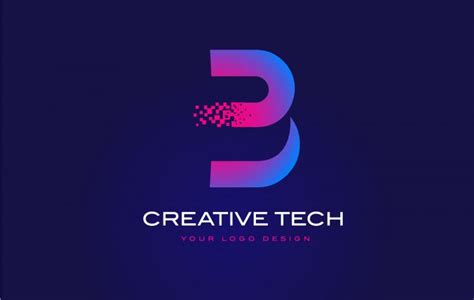Title: Mastering Technological Design: A Comprehensive Guide
In the realm of technology, design serves as the bridge between functionality and aesthetics, between innovation and usability. Whether it's crafting user interfaces, developing hardware prototypes, or architecting software systems, technological design encompasses a diverse array of disciplines. This guide will explore key principles, methodologies, and tools essential for excelling in the field of technological design.
Understanding Technological Design
Technological design encompasses the process of conceptualizing, planning, and executing the development of technological solutions. It involves understanding user needs, defining requirements, and translating them into tangible products or systems. Effective technological design integrates creativity, engineering principles, and usercentric approaches to deliver solutions that are both functional and userfriendly.
Principles of Technological Design
1.
UserCentric Approach
: Prioritize the needs and preferences of endusers throughout the design process. Conduct user research, gather feedback, and iterate designs based on user insights to create intuitive and satisfying experiences.2.
Simplicity and Clarity
: Strive for simplicity in design while maintaining clarity of purpose. Eliminate unnecessary complexity and distractions to streamline user interactions and enhance usability.3.
Consistency
: Maintain consistency in design elements such as layout, typography, and color schemes to establish visual coherence and facilitate user comprehension.4.
Accessibility and Inclusivity
: Design with accessibility in mind to ensure that products are usable by individuals with diverse abilities and needs. Consider factors such as screen readers, keyboard navigation, and color contrast to promote inclusivity.5.
Scalability and Flexibility
: Anticipate future growth and changes by designing solutions that are scalable and adaptable. Implement modular design principles and flexible architectures to accommodate evolving requirements.Methodologies in Technological Design
1.
Design Thinking
: Embrace a humancentered approach to problemsolving through the iterative phases of empathize, define, ideate, prototype, and test. Design thinking fosters creativity, collaboration, and innovation in addressing complex challenges.2.
Agile Development
: Adopt agile methodologies to promote iterative development, frequent collaboration, and adaptive planning. Agile frameworks such as Scrum or Kanban enable teams to respond to changes rapidly and deliver incremental improvements.3.
User Experience (UX) Design
: Focus on understanding the holistic experience of users interacting with products or systems. Conduct usability testing, create user personas, and design wireframes and prototypes to optimize the user journey.4.
HumanComputer Interaction (HCI)
: Explore the intersection of technology and human behavior to design intuitive and efficient interactions. HCI principles guide the design of interfaces, interaction patterns, and information architecture to enhance user engagement and satisfaction.Tools for Technological Design
1.
Design Software
: Utilize industrystandard tools such as Adobe XD, Sketch, or Figma for creating mockups, wireframes, and visual designs. These platforms offer features for collaborative design, prototyping, and asset management.2.
Prototyping Tools
: Experiment with prototyping tools like InVision, Proto.io, or Axure RP to create interactive prototypes and simulate user interactions. Prototyping facilitates validation of design concepts and gathers feedback early in the development process.3.
Version Control Systems
: Employ version control systems such as Git or SVN to manage changes to design files and collaborate effectively within multidisciplinary teams. Version control ensures traceability, accountability, and seamless integration of design iterations.4.
Usability Testing Platforms
: Leverage usability testing platforms like UserTesting or Maze to conduct remote or inperson usability tests with target users. These platforms provide insights into user behavior, preferences, and pain points, informing design decisions and refinements.Conclusion
Mastering technological design requires a blend of creativity, empathy, and technical proficiency. By embracing usercentric principles, employing iterative methodologies, and leveraging appropriate tools, designers can create impactful solutions that resonate with users and drive technological innovation forward. Continuously honing skills, staying abreast of emerging trends, and fostering a collaborative mindset are essential for success in the dynamic landscape of technological design.
Now, armed with this comprehensive guide, embark on your journey to become a proficient and visionary technological designer, shaping the future of humancomputer interaction and digital experiences.

Mastering Technological Design: A Comprehensive Guide
Technological design encompasses the process of conceptualizing, planning, and executing the development of technological solutions...
1. UserCentric Approach: Prioritize the needs and preferences of endusers throughout the design process...
1. Design Thinking: Embrace a humancentered approach to problemsolving through the iterative phases of empathize, define, ideate, prototype, and test...
1. Design Software: Utilize industrystandard tools such as Adobe XD, Sketch, or Figma for creating mockups, wireframes, and visual designs...
Mastering technological design requires a blend of creativity, empathy, and technical proficiency...
